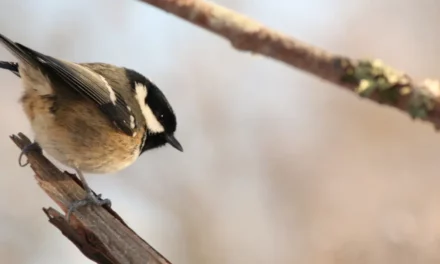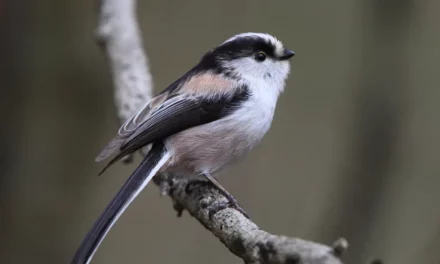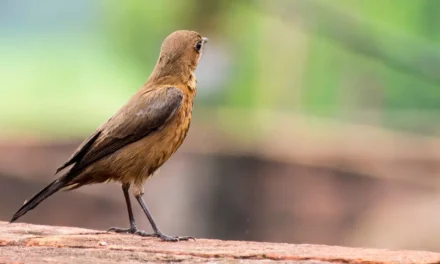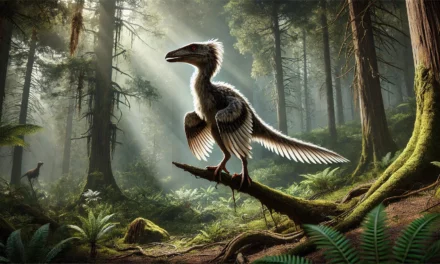What does the Black Redstart look like?
The Black Redstart is easily recognized by its slate-grey body and characteristic rusty red tail. Its head and chest are covered in a striking black plumage, while its upper side and belly share the same slate-grey tone. Adding a unique touch, the bird has a small white wing patch that makes it stand out. In terms of size, the Black Redstart is comparable to a sparrow. The female, while more subdued in appearance, features a grey-brown body but retains the iconic rusty red tail.
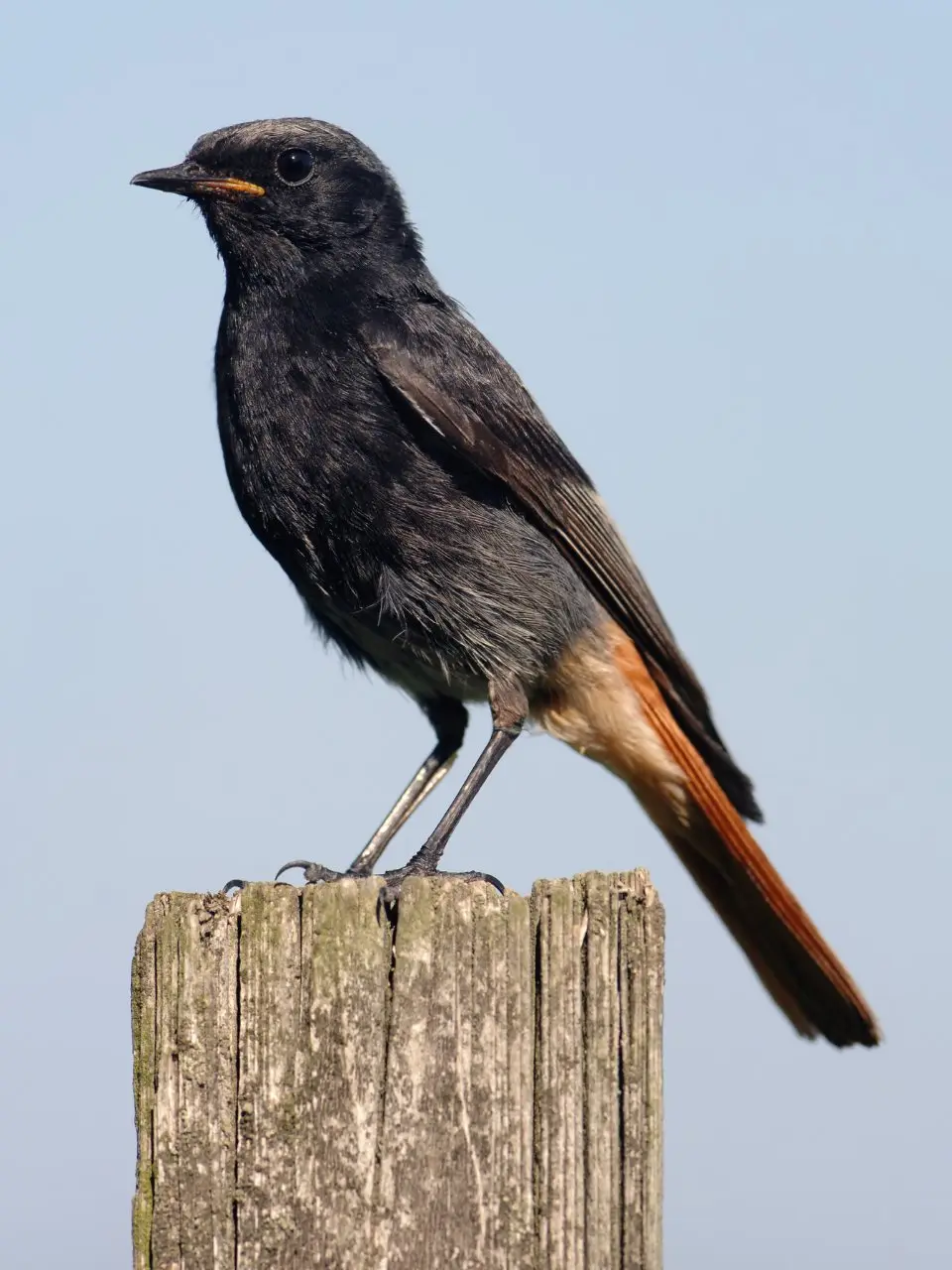
How does the Black Redstart behave?
The Black Redstart is often seen perched in open spaces, observing its surroundings. It occasionally exhibits hovering behavior as it hunts prey. This bird has adapted well to human environments, frequently spotted in wall holes, beams, and roofs, which mimic its natural rocky habitats.
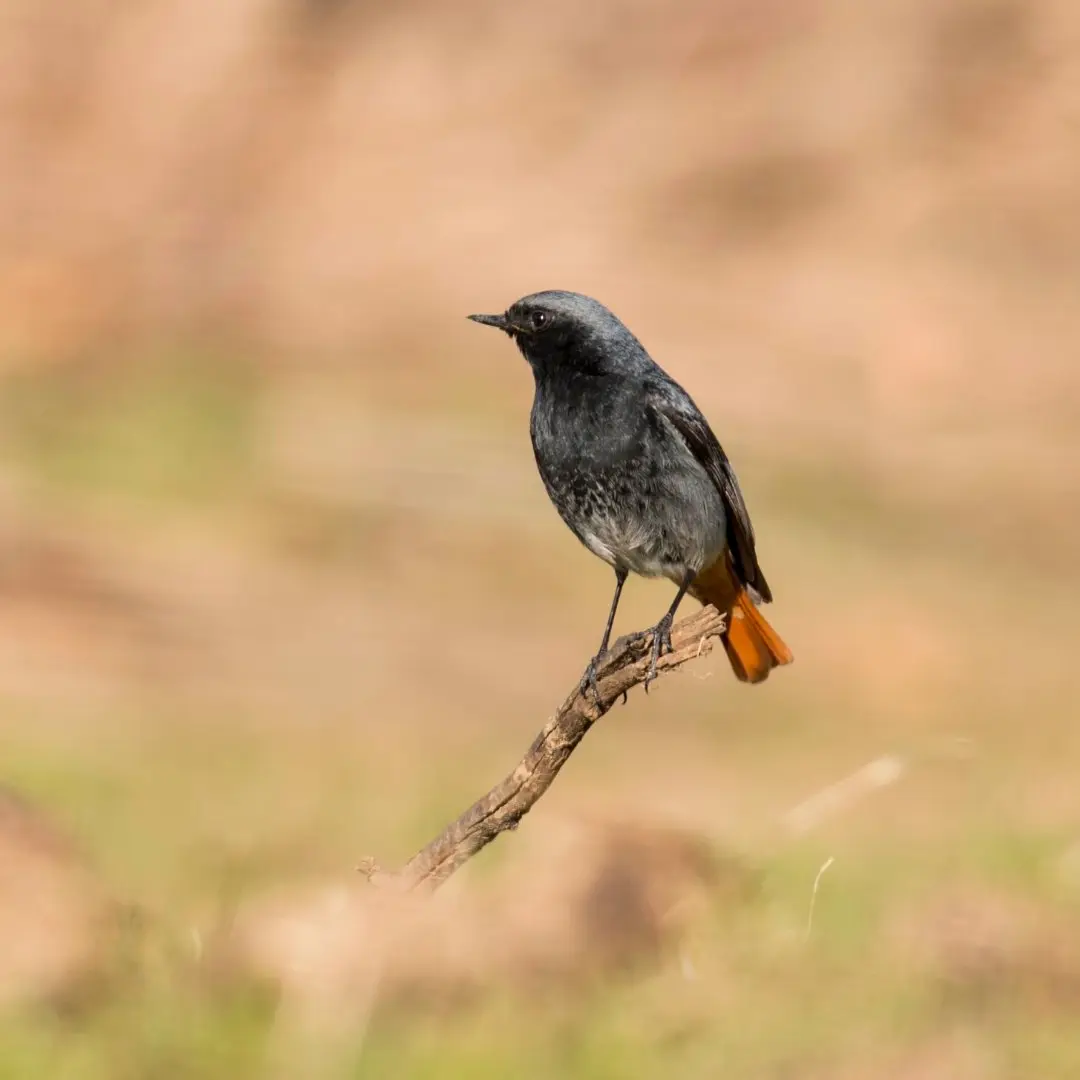
The songs and calls of the Black Redstart
The song of the Black Redstart is a captivating mix of high-pitched notes and a sound reminiscent of crumpled paper. Its call, described as a sharp "tic-tic-tic," is brief yet distinct. Notably, this bird is often the first to sing just before dawn, marking the start of a new day.
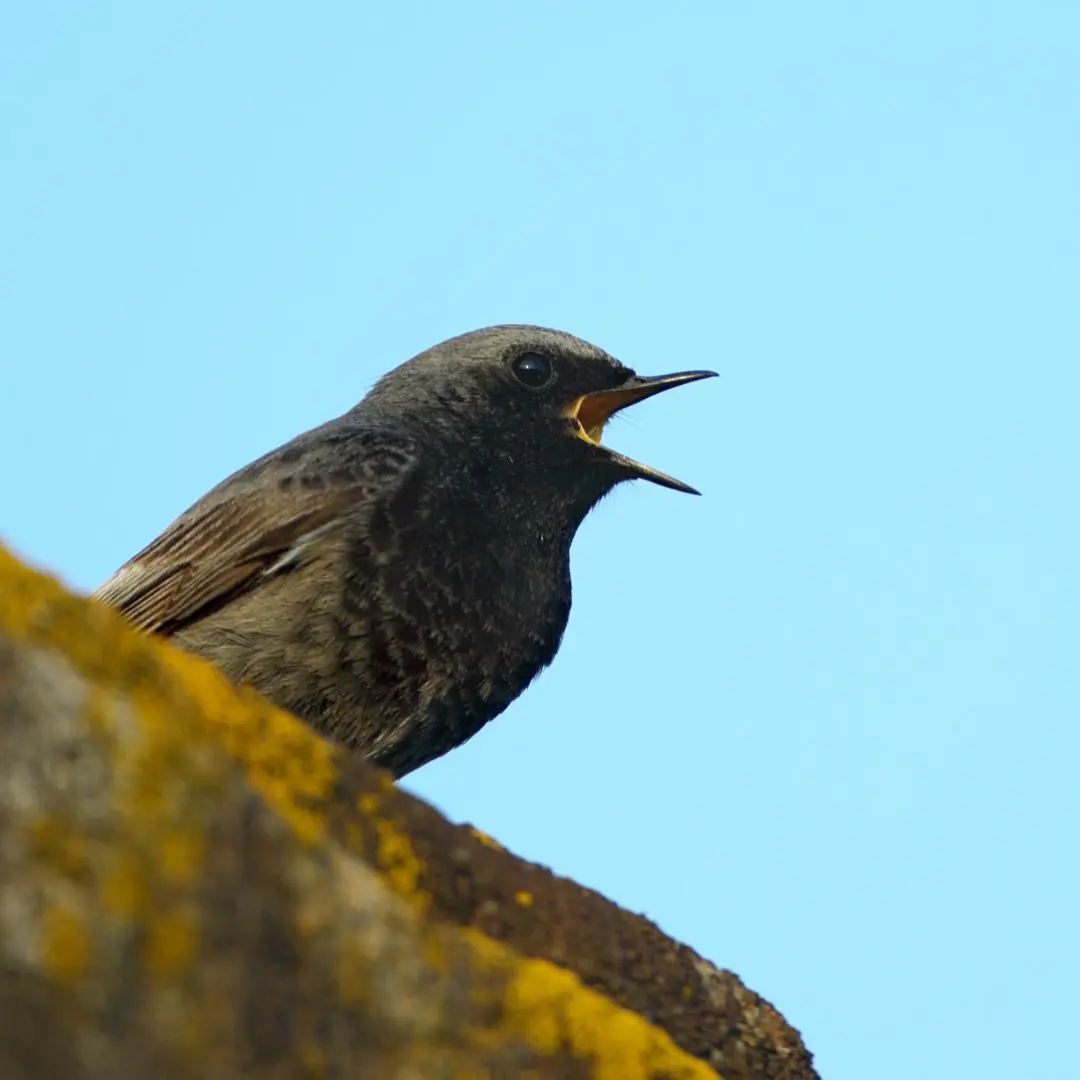
How does the Black Redstart reproduce?
The breeding season for the Black Redstart extends from April to September. During this time, the bird produces two broods of 5 to 6 white eggs. Its nest, a cup of grass and moss, is built in wall holes or rocks. In urban areas, the bird has adapted by nesting in open nest boxes.
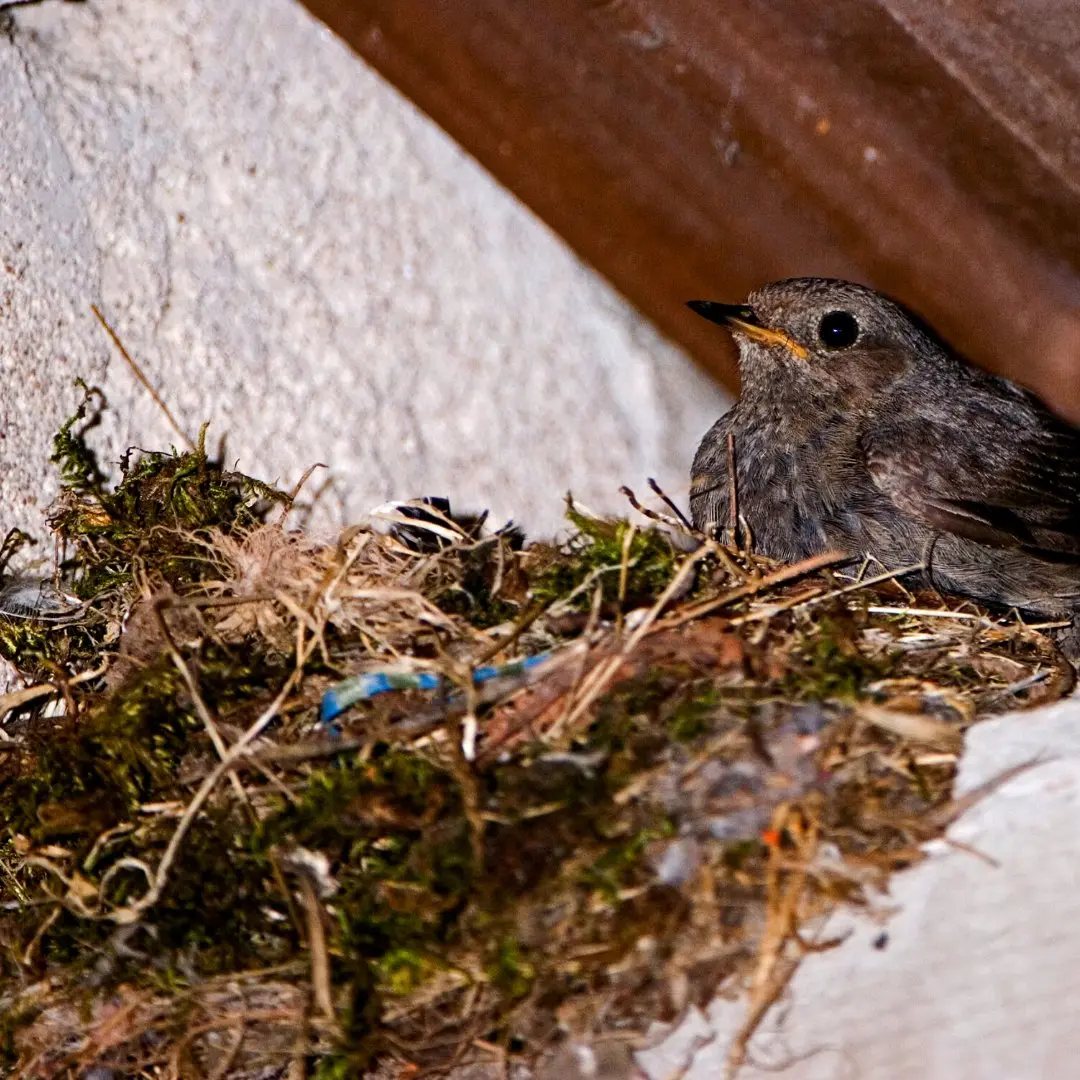
What does the Black Redstart eat?
The diet of the Black Redstart consists primarily of insects, which it actively captures during its hunts. This insectivorous habit helps maintain a balanced ecosystem and showcases the bird's agility in foraging.
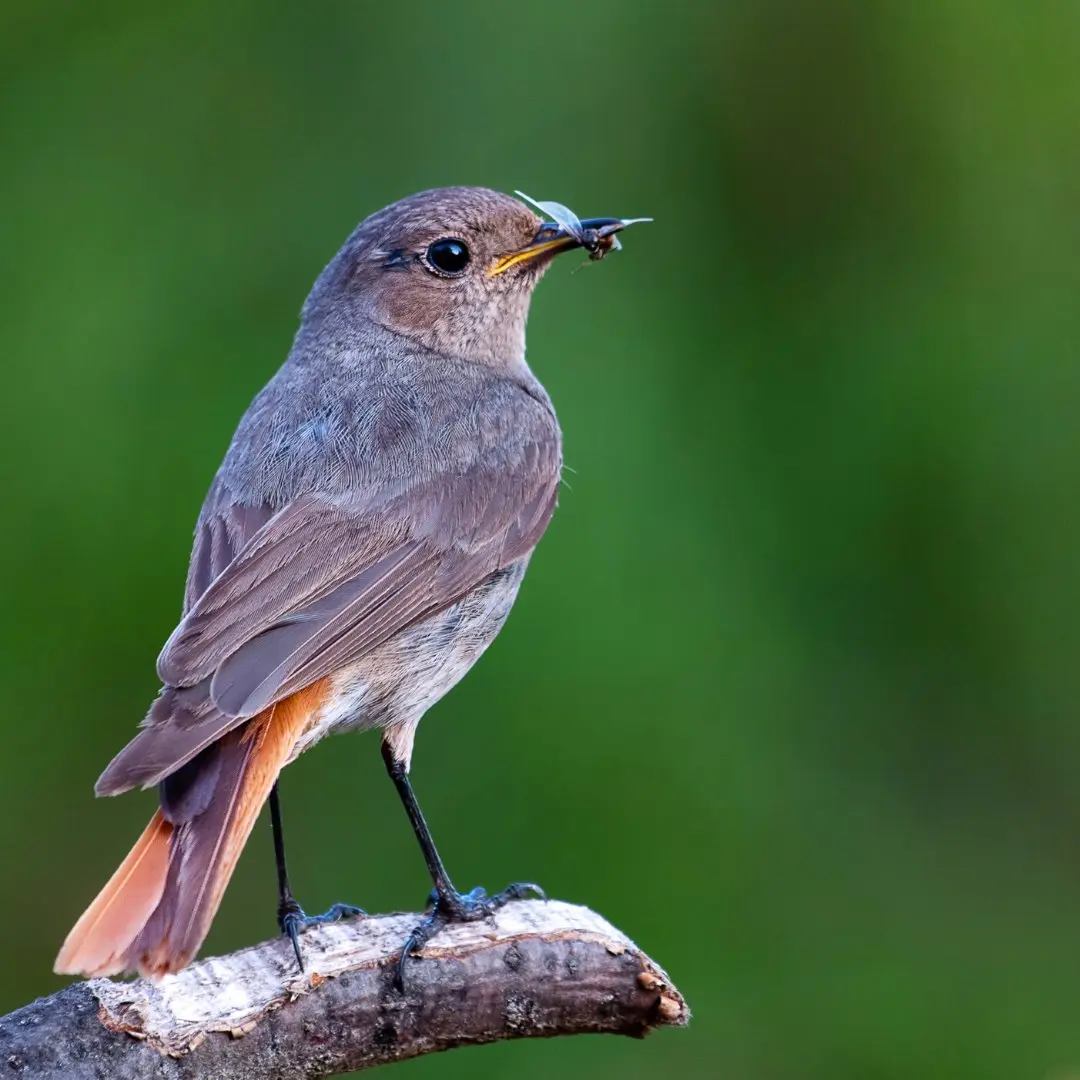
Where can the Black Redstart be found?
The Black Redstart is native to mountainous rocky areas, though it has adapted remarkably to urban settings. In towns and villages, it utilizes wall holes, roofs, and beams as substitutes for its original habitat. It can nest at elevations up to 2700 meters and is known as a short-distance migrant.
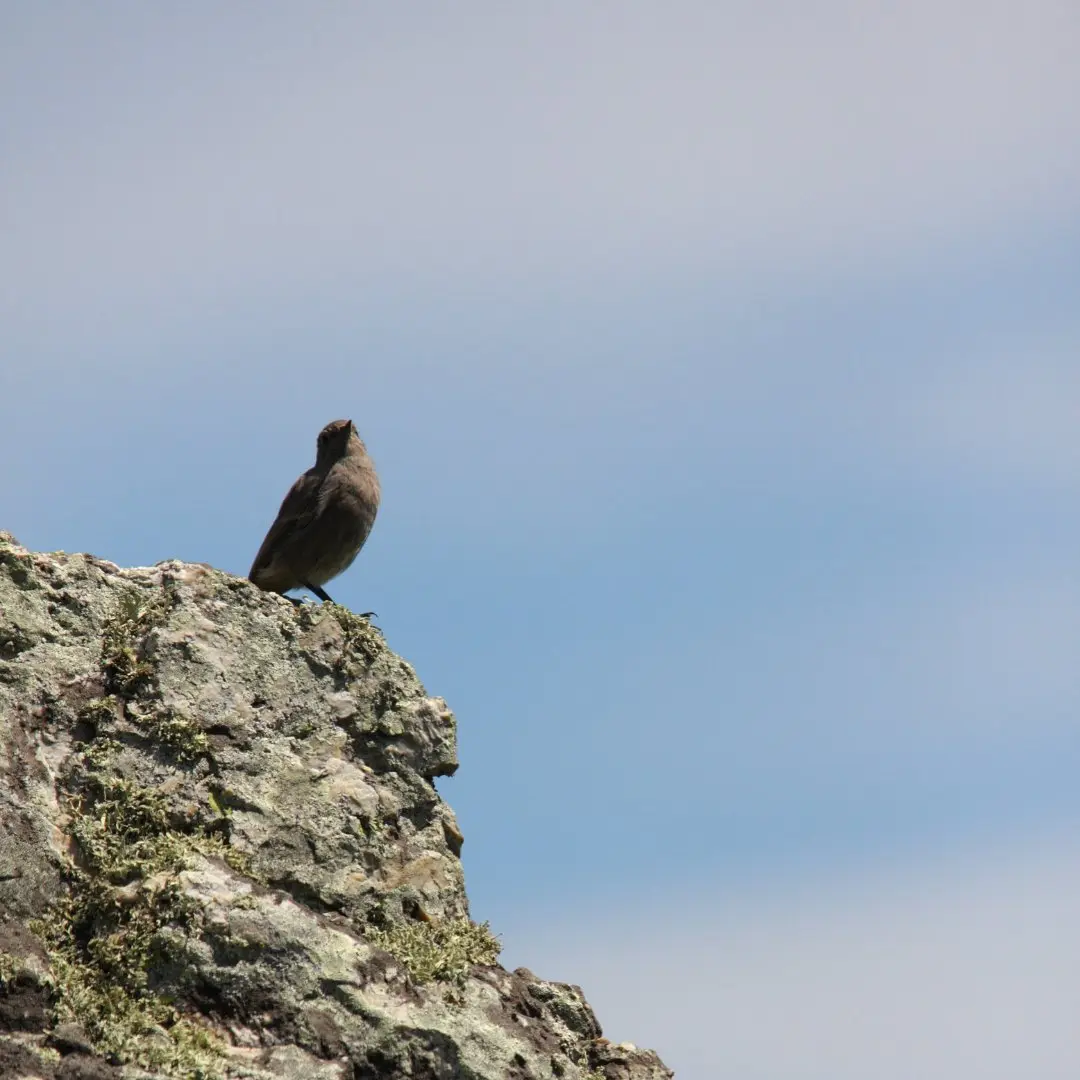
-


